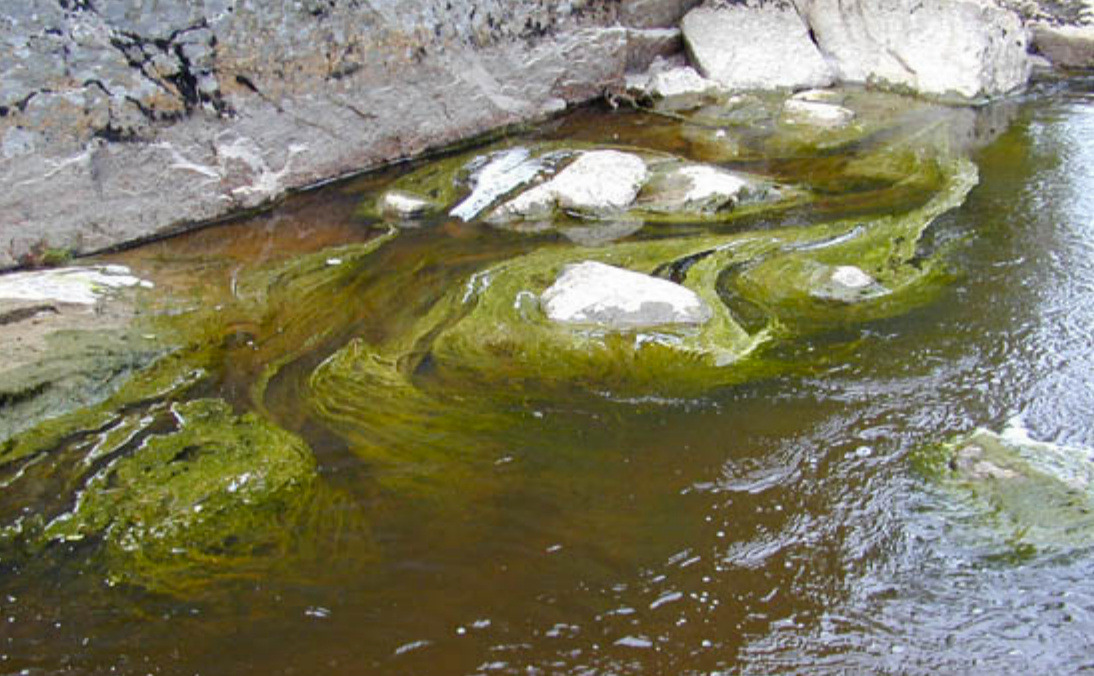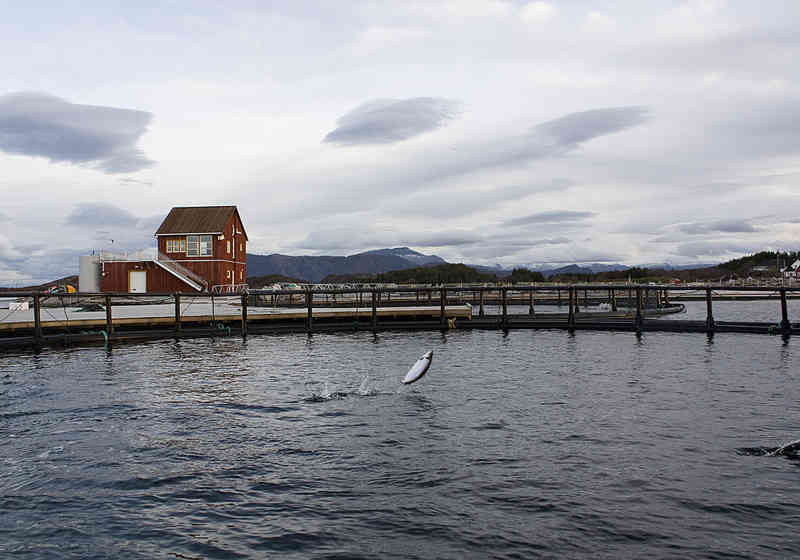Despite this, current discharge levels are still so high that they are affecting water quality, and further action needs to be considered. Norway is drawing up proposals for stricter regulation of the fish farming industry, including requirements for more thorough environmental surveys.
Nutrients are also transported to Norway from more southerly parts of Europe with ocean currents. This makes it particularly important for Norway to be involved in international efforts to highlight these problems and identify what needs to be done. Important agreements and channels for cooperation include the EU, OSPAR, UNCLOS, MARPOL, the Ballast Water Convention and the Convention on Biological Diversity.
Other action that should be considered
- Further steps to reduce inputs to the Skagerrak coast, parts of Vest-Agder and Rogaland counties and other areas where eutrophication is occurring or that are at risk of eutrophication. Possible measures include introducing stricter treatment requirements under the Pollution Control Act and in individual discharge permits, and incorporating such requirements during work on river basin management plans.
- Obtaining more knowledge about areas where nutrient discharges are rising but too little is known about the state of the environment. One possibility is to introduce requirements under the Pollution Control Act for companies that discharge large quantities of nutrients to investigate pollution levels in nearby areas.

